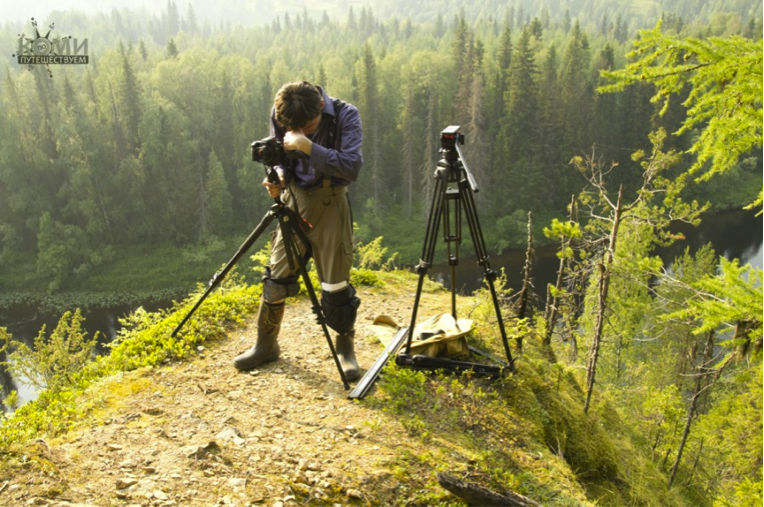
How can we communicate ecology with science videos?
By Charlotte Alster, Erin Cubley, and Courtney Larson

Creating a video about your science is becoming a valuable skill. In fact, you may need to make a video sooner than you think to apply for a scholarship or publish your research. For example, rather than requiring the usual essays, transcripts, and letters of recommendation, the Science Ambassadors Scholarship competition asks for a video in which the applicant speaks about a science topic that they find interesting. Video abstracts for journal articles are a new trend in scientific publishing, although so far mostly for physics and medical journals. Based on this growing trend in other fields, we think that creating a video is something that could catch on in the near future in ecology, so we decided to learn a little bit about what’s involved!
Why should ecologists be excited about creating science videos?
- Ecologists often work in beautiful places or with charismatic species. A video is a great way to share those with others.
- Ecological studies often have a lot of moving parts. Putting them in a video is helpful to visualize what would otherwise be difficult to conceptualize simultaneously (e.g. trophic interactions).
- Ecological studies have consequences for the public that is worth communicating.
- Videos can reach a larger audience than written publications.
- You can target your message for particular audiences, like students, other scientists, journalists, policy makers, or community stakeholders.
- Videos spice up your life and unleash your creativity!
Choose a publishing medium based on your audience:
| Ecologists and other scientists | Public |
| Video Abstract (e.g. Science Magazine, Nature, and Functional Ecology) | SciVee (website for posting science videos) |
| Agency and organization websites | Town meetings and public events |
| Scientific blogs | Personal blogs |
| YouTube, Vimeo | |
| Social media – Twitter, Facebook, Vine | |
Examples of good videos for different target audiences:
- Stakeholders, scientists, general public: Mississippi River Flood 2011
- Students: What is Ecology?
- General Public: MinuteEarth youtube channel
- Ecologists and scientists: JoVE: High-throughput Fluorometric Measurement of Potential Soil Extracellular Enzyme Activities
Recommended Video Editing Software (in order of ease):
- Microsoft Movie Maker: free, but for Windows only
- iMovie: free, but for Apple devices only. Comes pre-installed on Mac computers.
- Lightworks: free and paid versions, for Windows and Mac.
- Camtasia: screen-recording software. Fairly expensive. For Mac and PC. Colorado State University students and faculty have access to this software in the Video Editing rooms in Morgan library.
- Adobe Premier: Fairly expensive – part of the Adobe Creative Cloud. Complex, but has lots of features. Colorado State University students and faculty have access to this software in the Video Editing rooms in Morgan library.
Collaborate! Creating videos can be difficult to do on your own, so don’t be afraid to get help!
- Collaborate with people at your university with video editing skills.
- Work with journalists.
- Hire a professional.
Other information:
- Scientist Videographer blog. Lots of video “how-tos”. Great resource!
- Resource guide for using multimedia to communicate science. From the 2014 ESA Conference.
- List of videos for teaching ecology. Divided up into categories such as ecosystem ecology, predation, etc.
[youtube https://www.youtube.com/watch?v=a8wxdOgEGt0&w=560&h=315]
We made a short video in Microsoft Movie Maker. This took four hours. Not bad of our first try!